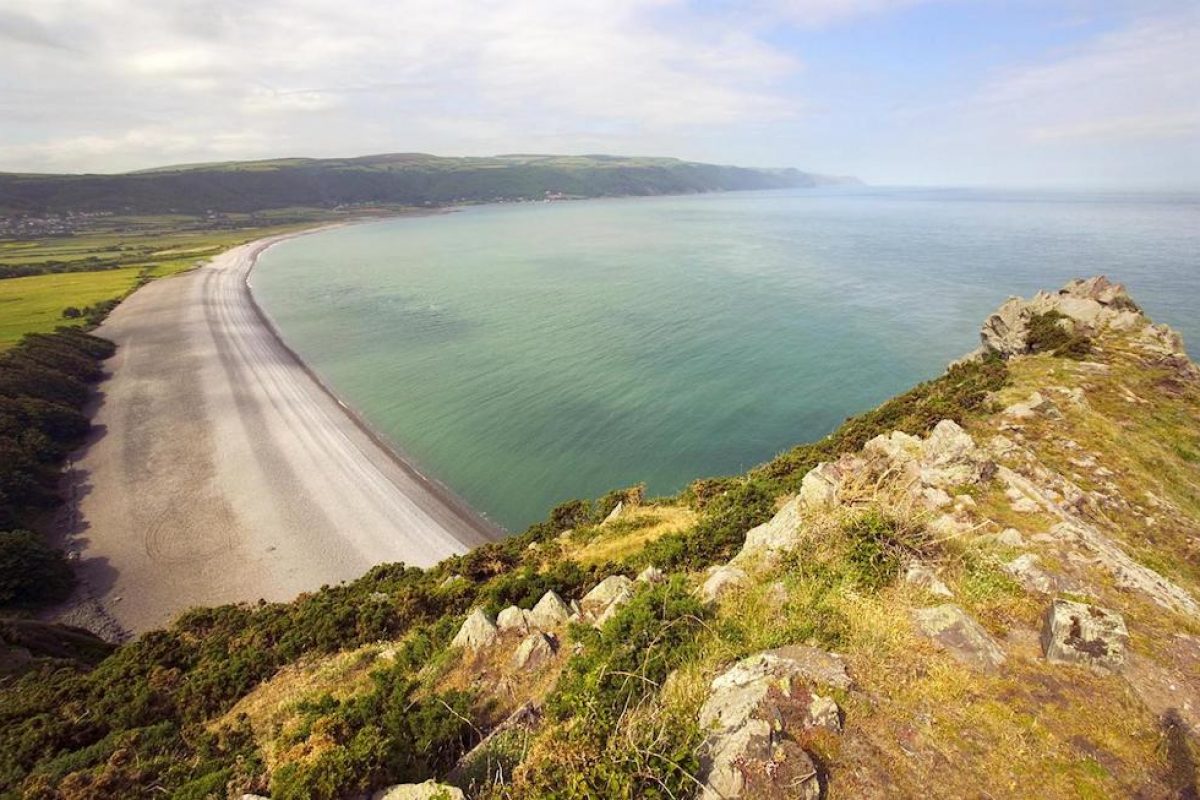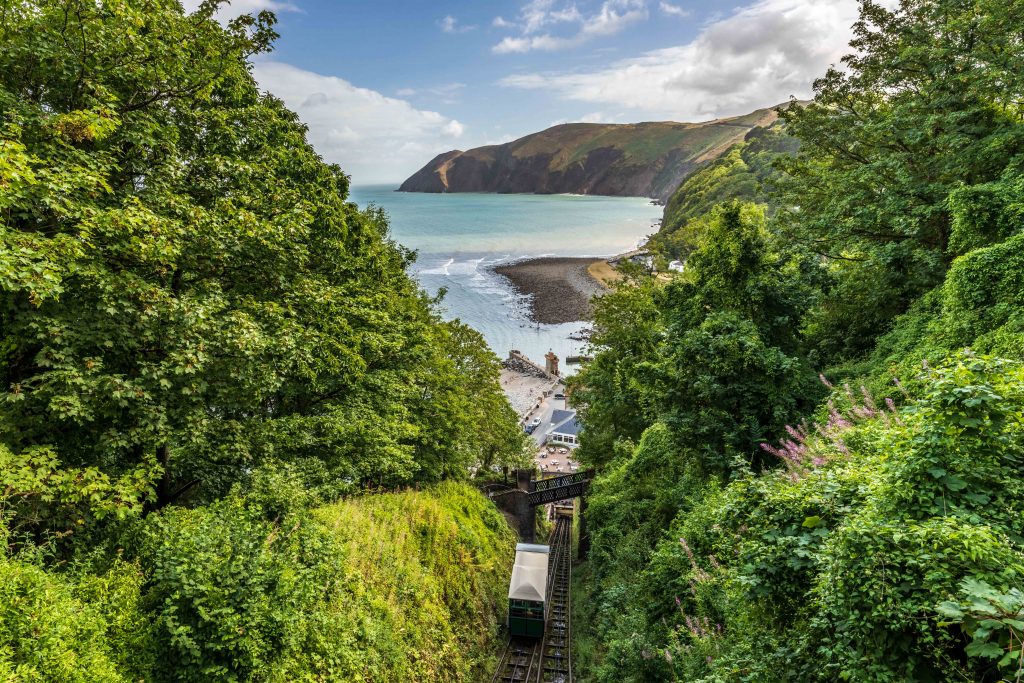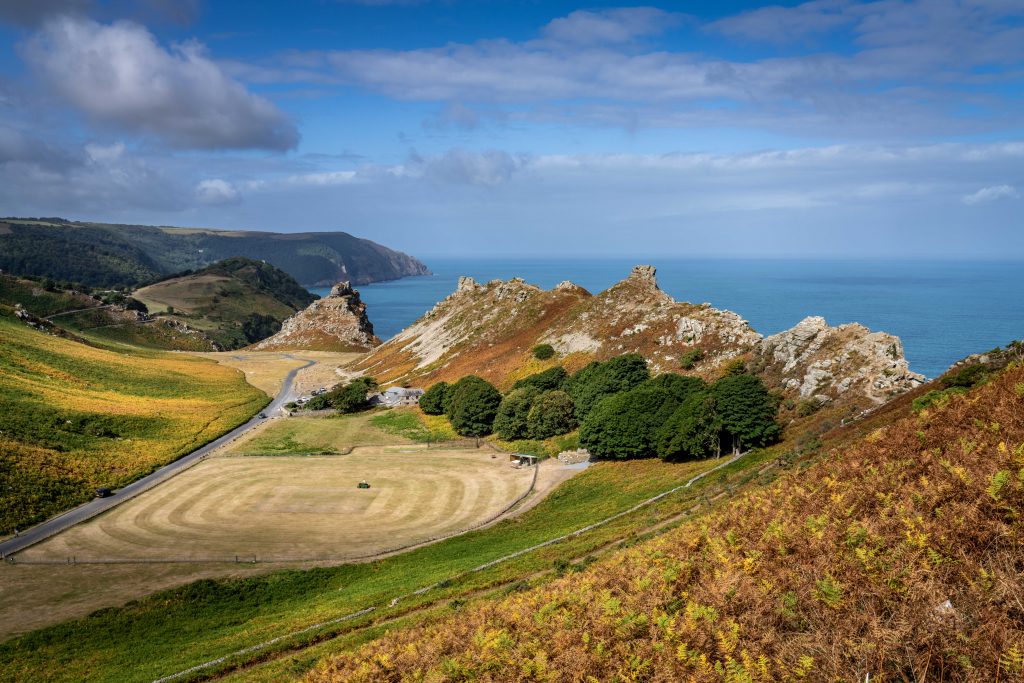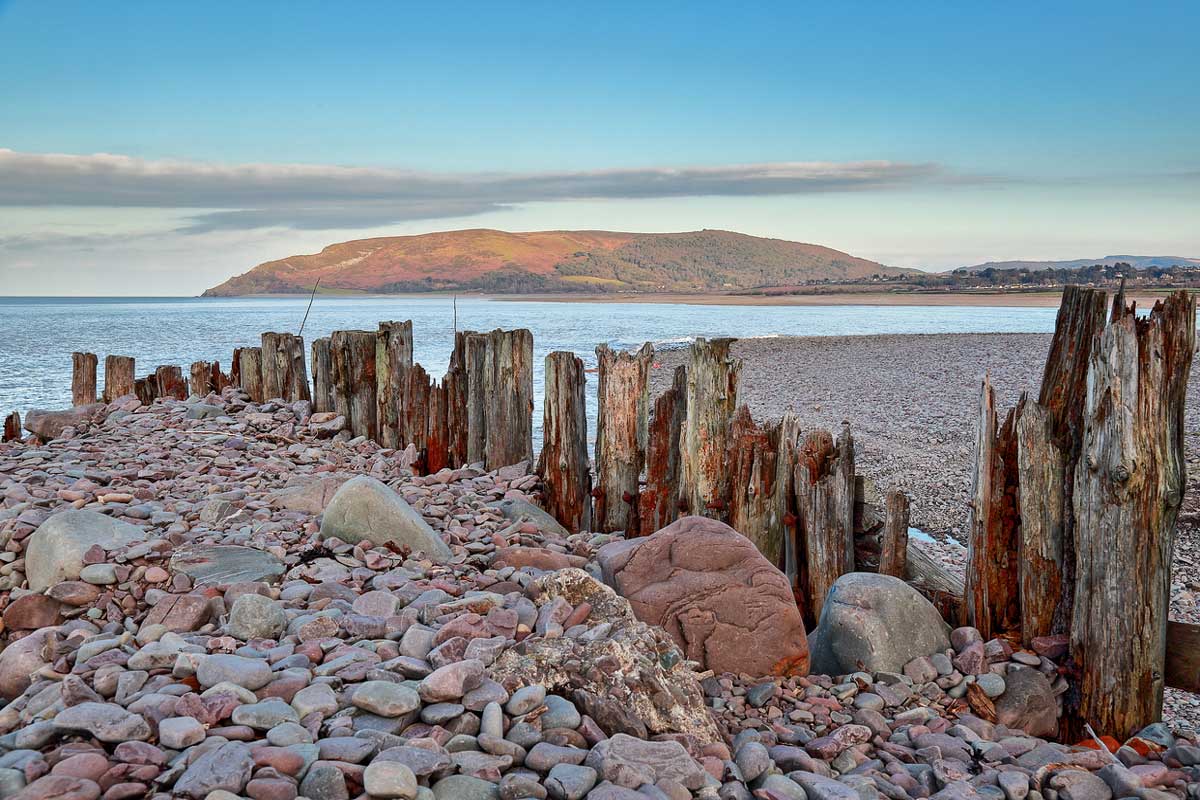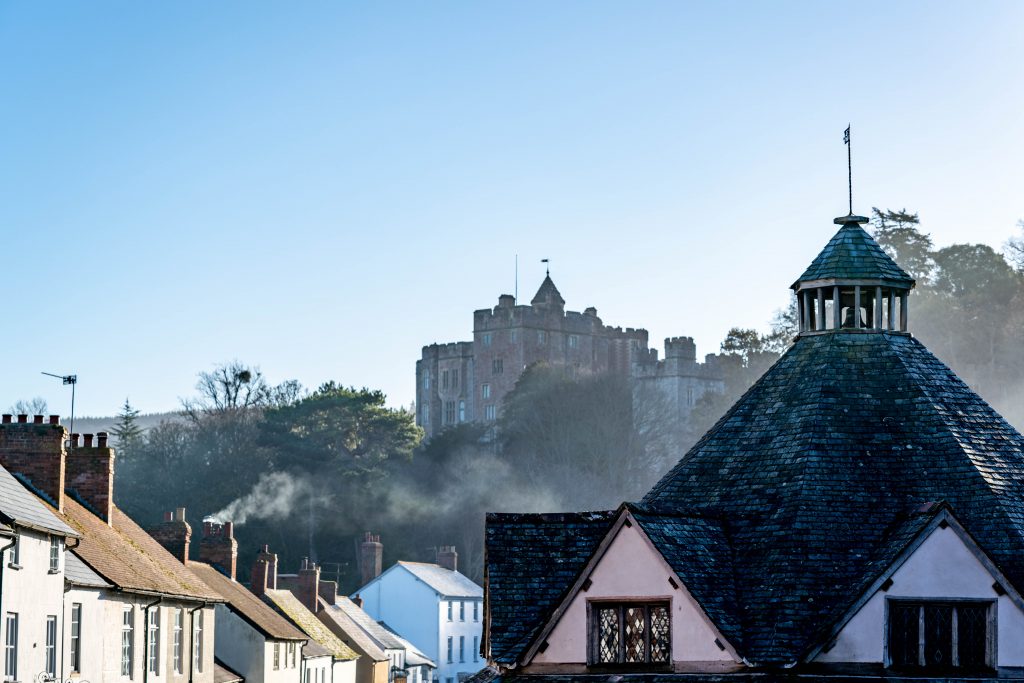Route Section Number 12:
Lynton to Watchet
Enjoy a glorious 26-mile stretch along the Atlantic Highway between Lynton in North Devon and Watchet in West Somerset. The road climbs and drops into steep valleys, crosses wild open moorland and passes through spectacular National Trust estates with wonderful views. Highlights along the way include Lynton and Lynmouth, Porlock Bay and Dunster.
Your Route
- From Lynton simply head east on the A39 to Washford. Turn left (north) on the B3191 to Watchet.
- Victorian water-powered cliff railway.
Recommended Experience
The two half-towns of Lynton and Lynmouth are linked by an ingenious Victorian water-powered cliff railway. It’s probably best from Lynton to Lynmouth but unless you fancy a very challenging uphill walk get a return ticket. Stand at the front for the best views and thrills – the views are mesmerising but hold on tight.
Your Route
Highlights & Detours
Lynton and Lynmouth
The road winds down steep, wooded cliffs into the old fishing village of Lynmouth. At the rocky mouth of an Exmoor River that becomes a torrent during storms, Lynmouth’s magical location makes it a popular tourist day-trip from the North Devon resorts – but it’s usually easy to avoid the crowds.
Recommended Detour
Drive west from Lynton or, even better, take the short walk to the Valley of the Rocks. This coast path winds between wild flowers and bare rocky outcrops with plunging views across the sea. The Valley of the Rocks is a strange sight – a geological oddity where bare rock pinnacles rise from seaside moorland like a mini mountain range.
Porlock Bay
Follow the A39 as it sweep across the curves of Exmoor and down the steep bends of Porlock Hill. The heather-swathed shadow of Dunkery Beacon, Exmoor’s highest peak, overlooks the wide sweep of this quietly unspoilt bay.
Dunster
Catch Dunster at a quiet time and you’ll see why it can be one of the most popular and busy visitor spots along this whole stretch of coast. The romantic towers of a National Trust castle peep from trees above half-timbered cottages, cobbled streets and a much-photographed medieval market hall.
Picnic Spot
High on Exmoor hills, the A39 passes through ‘County Gate’ at the historic shire border between Devon and Somerset. There’s a car park with toilets and views south into the dark folds of Doone Valley, home of Victorian novelist R D Blackmore’s Lorna Doone and her outlaw family.
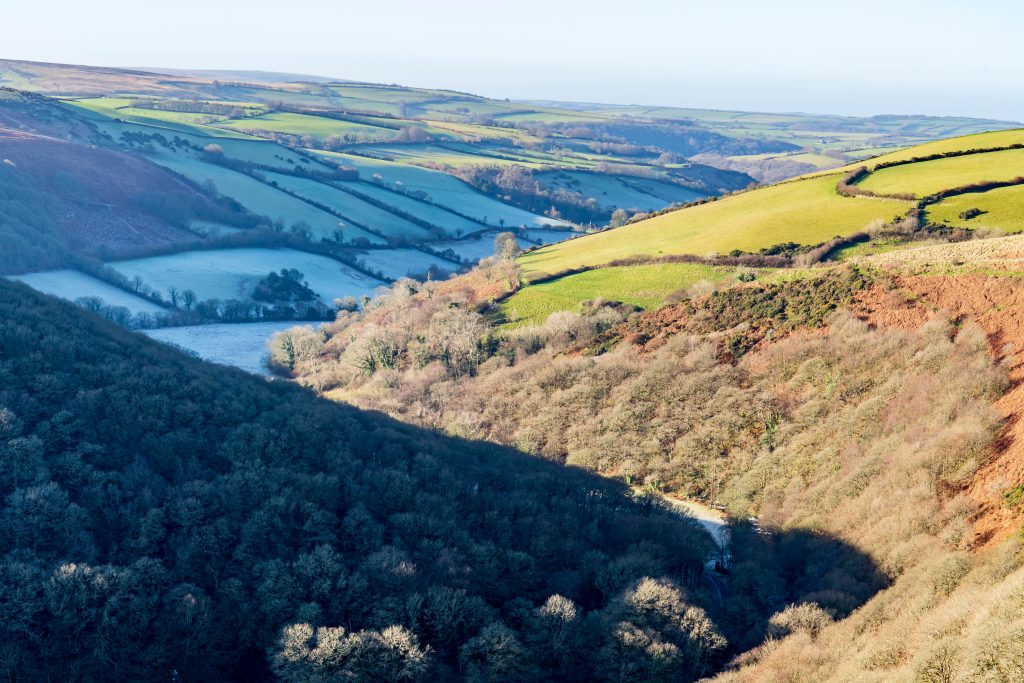
- Doone Valley, Exmoor
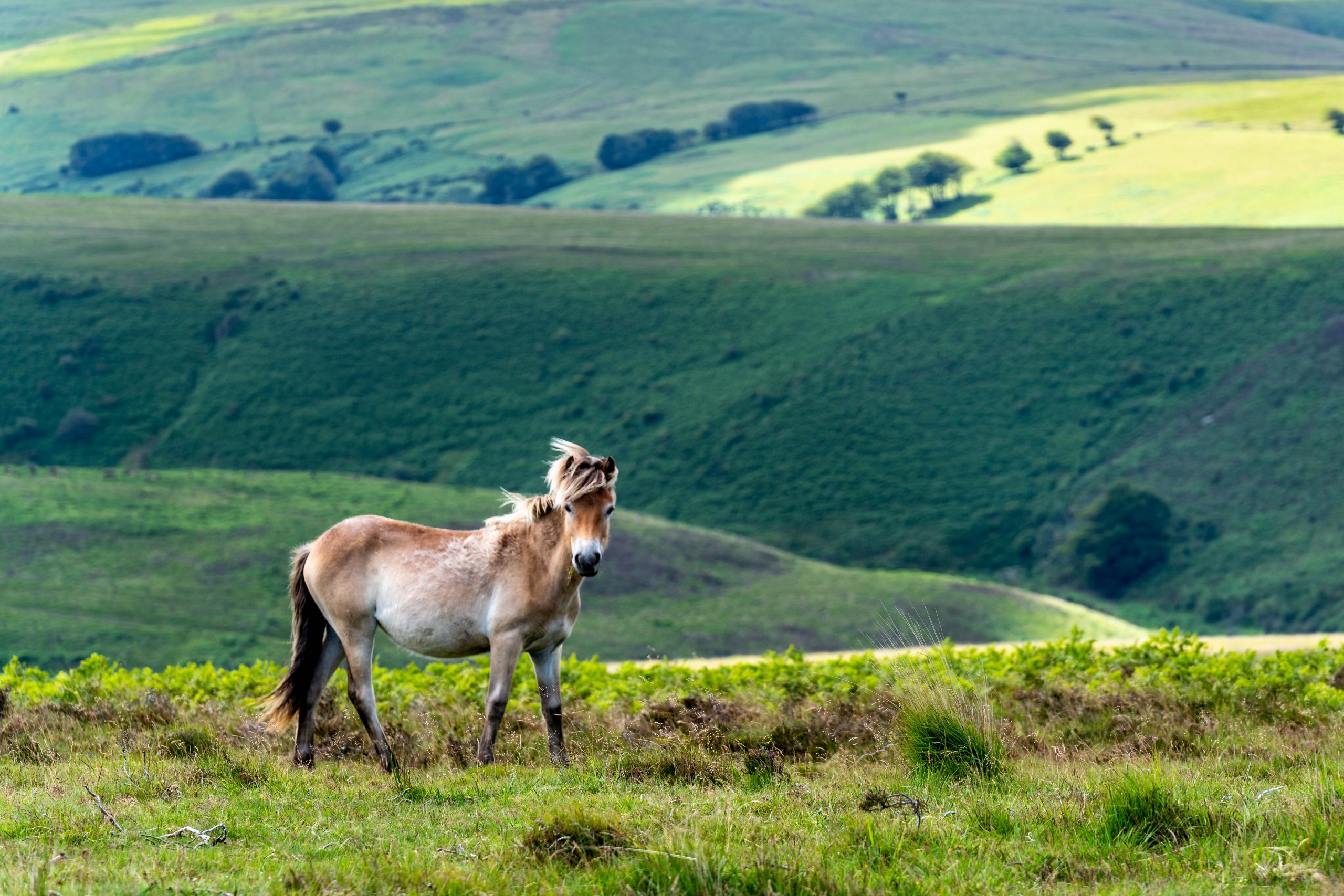
- Exmoor National Park
Views along the way
To the north: Across the Bristol Channel to the South Wales coast with the backdrop of Brecon Beacon mountains
To the south: Misty woods, peaks and valleys of Exmoor National Park and to the east the beautiful and largely undiscovered Quantock Hills, once the home of Britain’s romantic poets
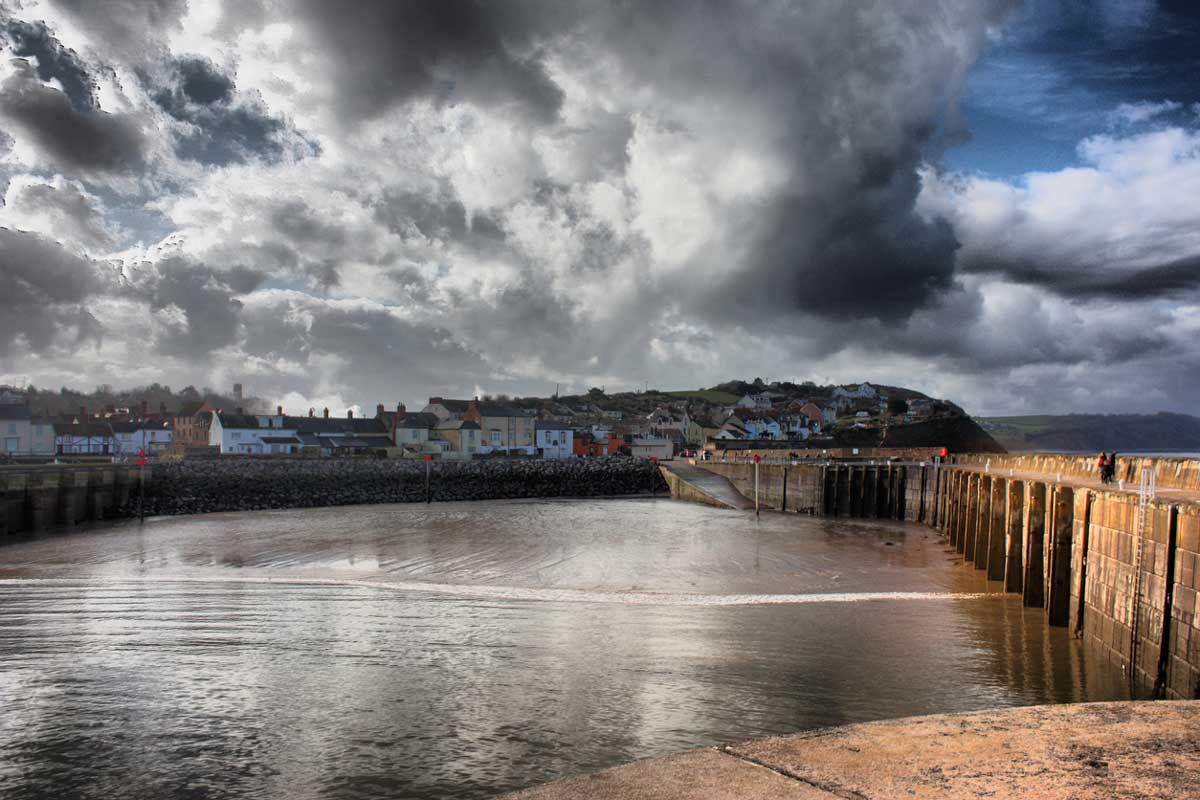
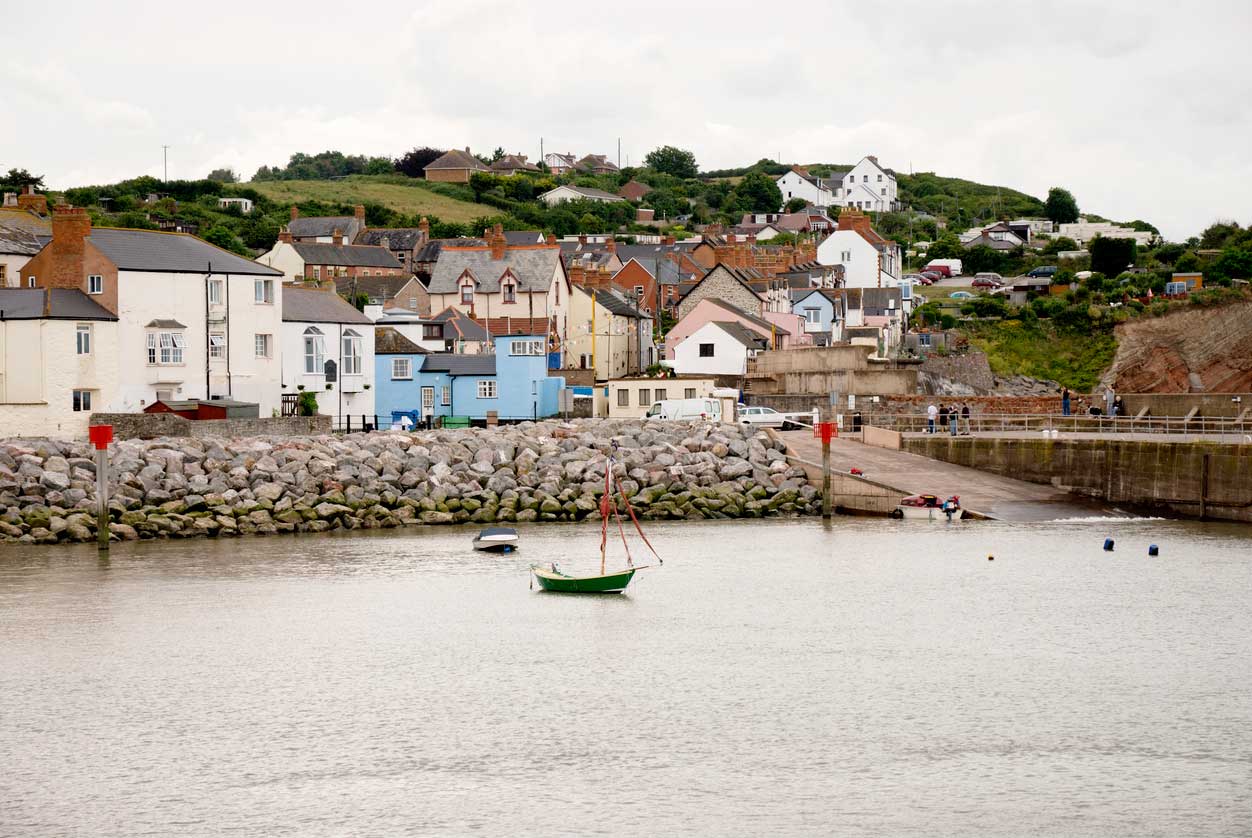
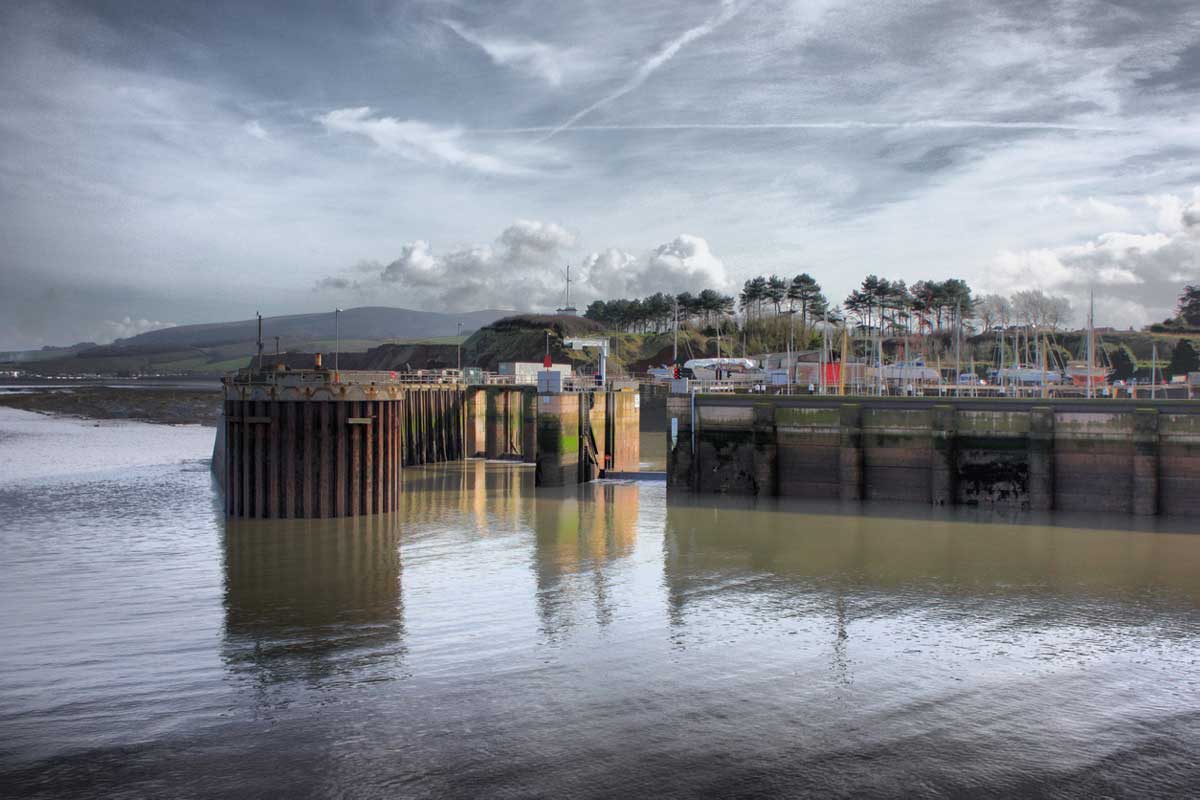
Find Somewhere new
Visit Exmoor
Visit Exmoor is the official tourism organisation promoting the stunning Exmoor National Park and its surrounding areas. Dedicated to showcasing the region’s natural beauty, diverse wildlife, and rich cultural heritage, Visit Exmoor offers comprehensive information on activities, accommodation and events in the area. From guided walks and wildlife safaris to heritage sites and local festivals, their site can help visitors plan their perfect trip. Their mission is to inspire sustainable tourism, supporting local businesses while preserving Exmoor’s unique environment for future generations.
- Culbone Church
Culbone Church and Xanadu
England’s smallest parish church is hard to find down tracks deep into woods leading to the sea west of Porlock. It’s worth it though – this is a memorably romantic spot between the A30 and the sea. That’s why 200 years ago Samuel Taylor Coleridge walked here and was inspired to write Kubla Khan here, one of English literature’s most celebrated poems. This gentle leafy valley is unaltered since he christened it ‘Xanadu’ and was disturbed by ‘a person from Porlock’.
Featured Accommodation
Staying in the area

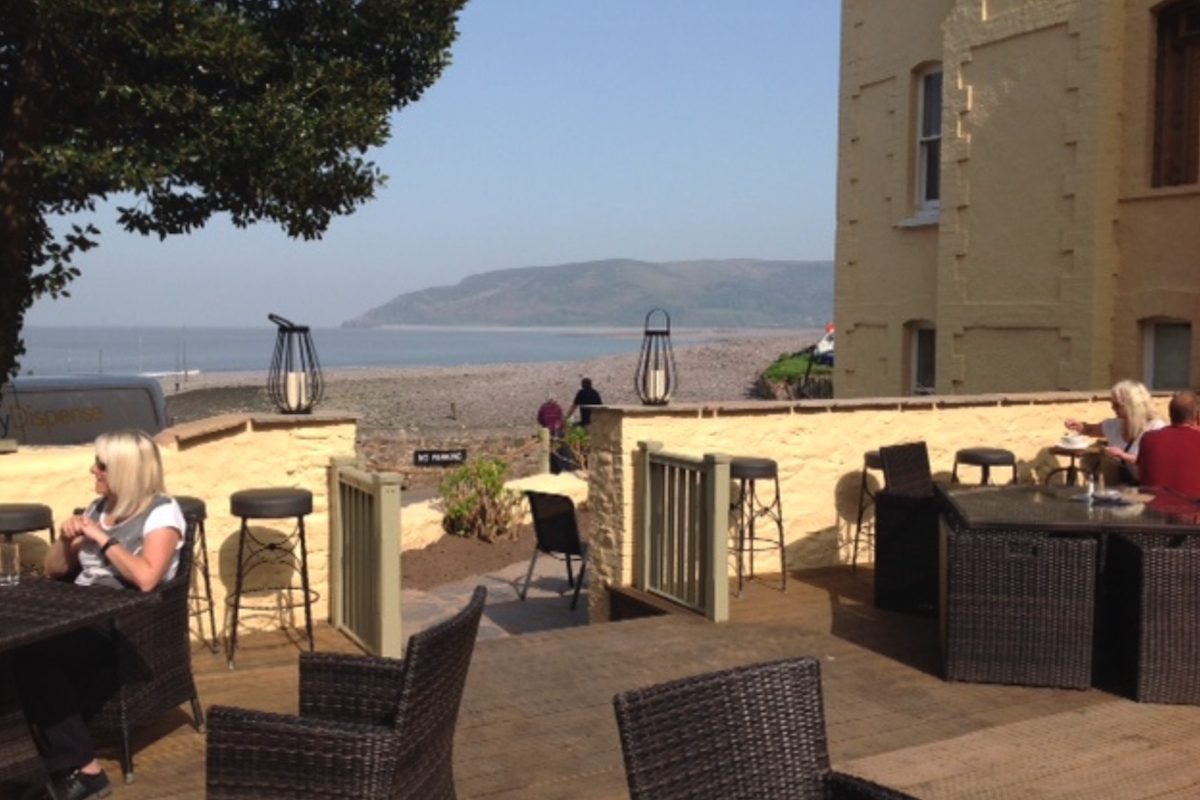
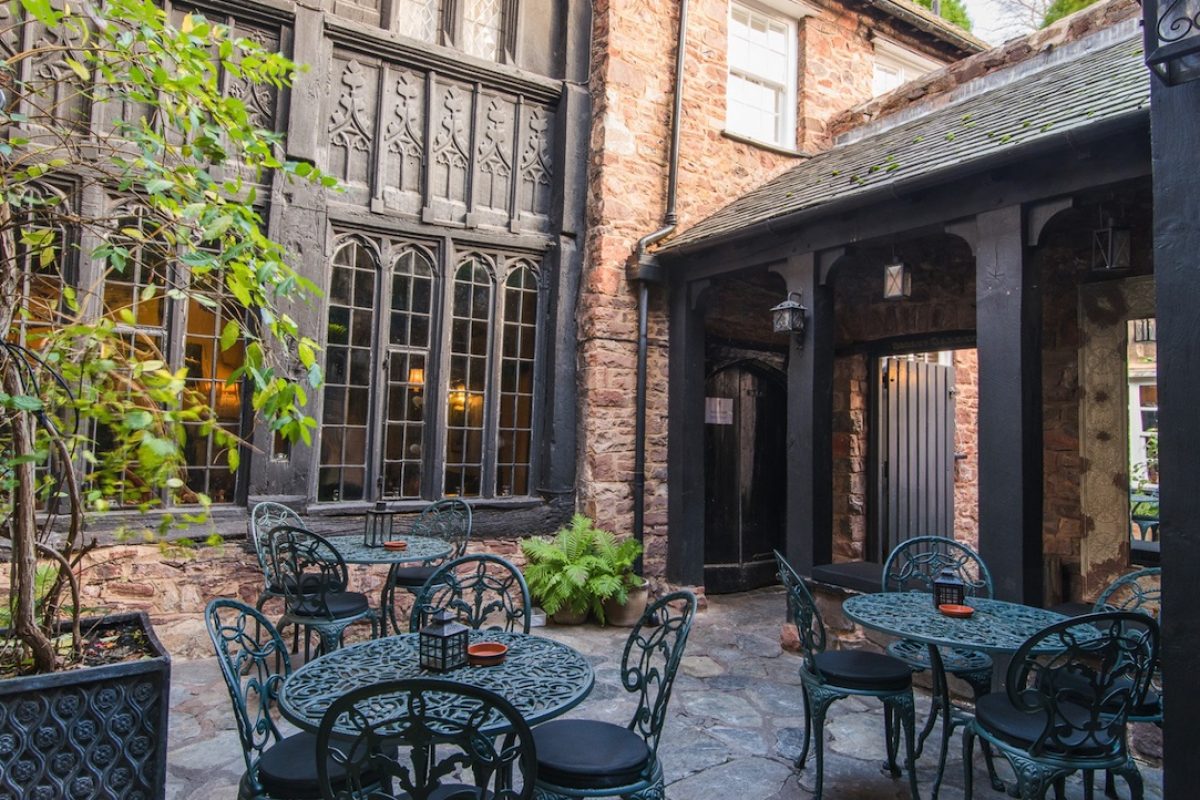
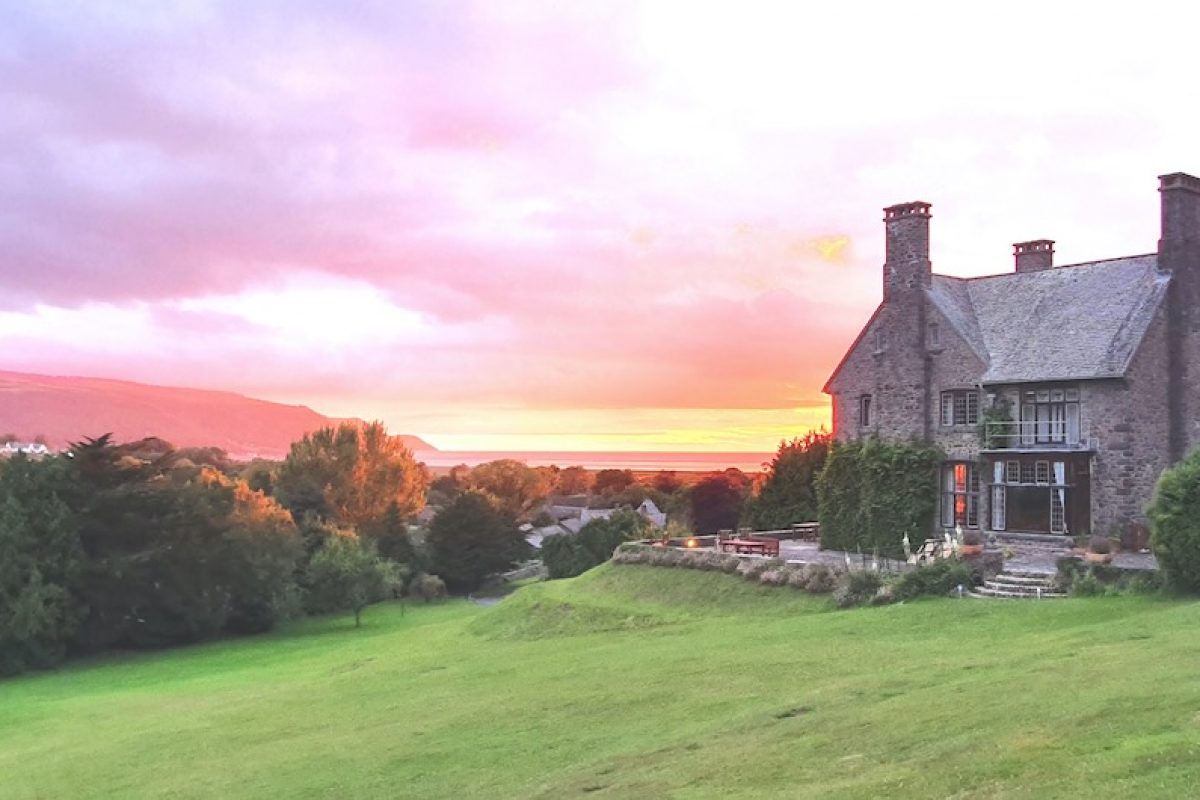
Featured Venues
Local Food & Drink

Porlock Weir Hotel
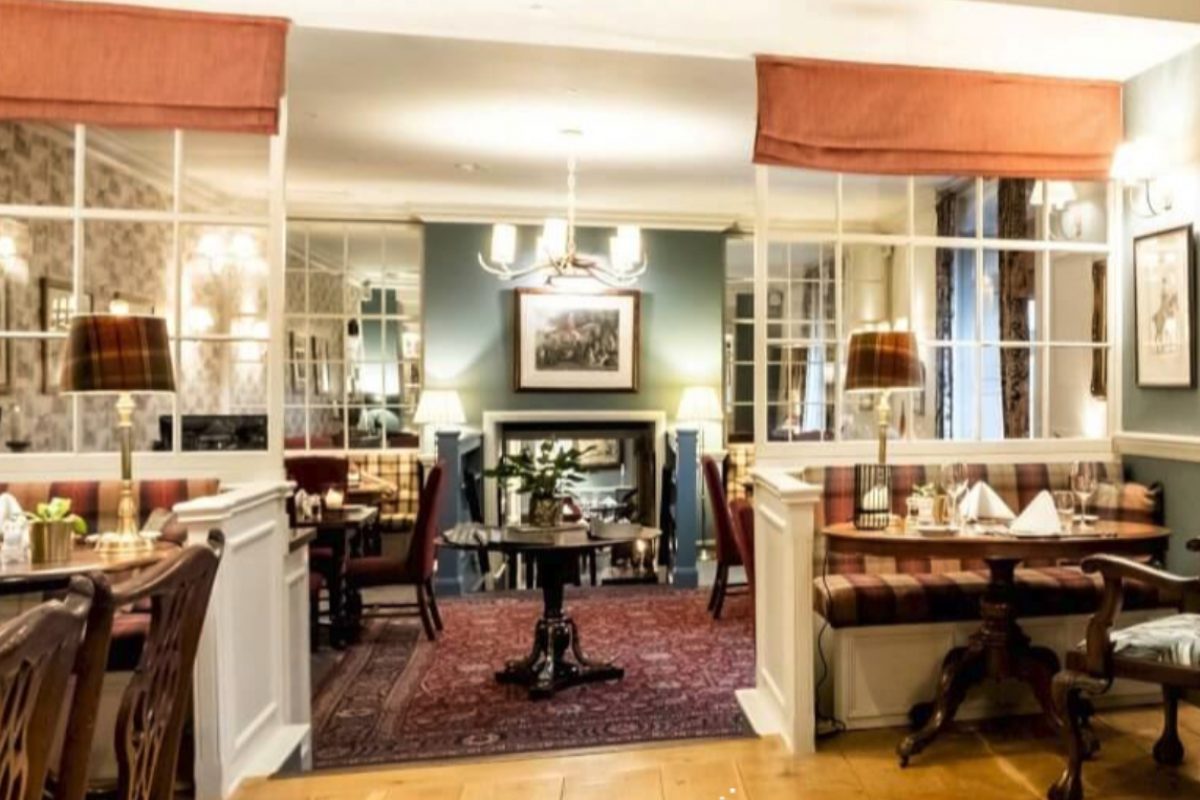
Luttrell Arms Hotel
Local Experiences
Have some fun

Visit Exmoor

Exmoor Distillery

Ashton Cleave and the Oare Water
